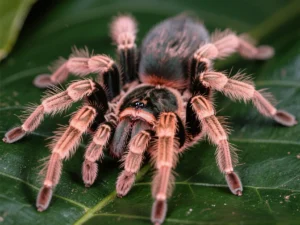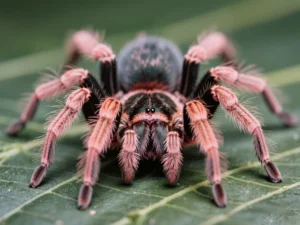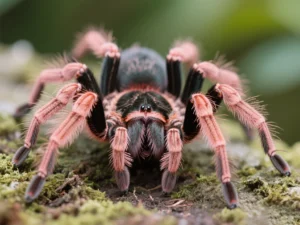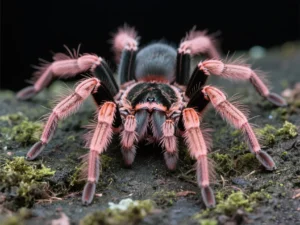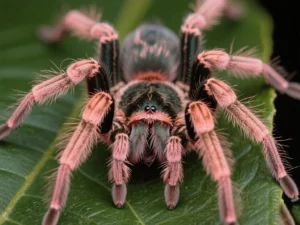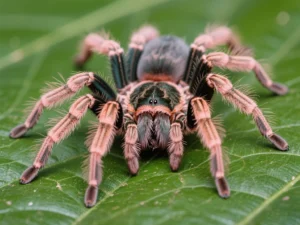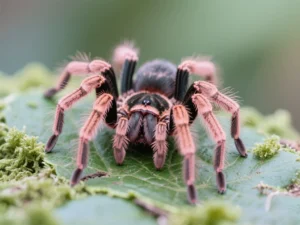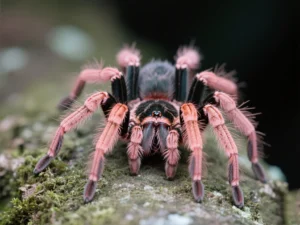Tarantula Behavior
Do Antilles pinktoe tarantulas bite humans?
One of the first questions potential keepers ask about any tarantula species is whether it bites. Regarding the Antilles pinktoe tarantula (Caribena versicolor), the short answer is: **yes, they can bite, but it is uncommon and usually a last resort.** They are generally considered docile, especially compared to many Old World tarantula species.
Likelihood of a Bite
Antilles pinktoes are known for their relatively calm temperament. Their primary defense mechanisms involve speed and waste. When feeling threatened, they are far more likely to:
- Flee rapidly: They are quick arboreal spiders and will often bolt to escape perceived danger.
- Flick feces: Unlike many New World tarantulas that flick urticating hairs from their abdomen, *Caribena versicolor* may spray a small stream of excrement as a deterrent. This is startling but harmless.
A bite is typically reserved for situations where the tarantula feels cornered and intensely threatened with no escape route. Accidental provocation during rehousing or maintenance is the most likely scenario for a bite.
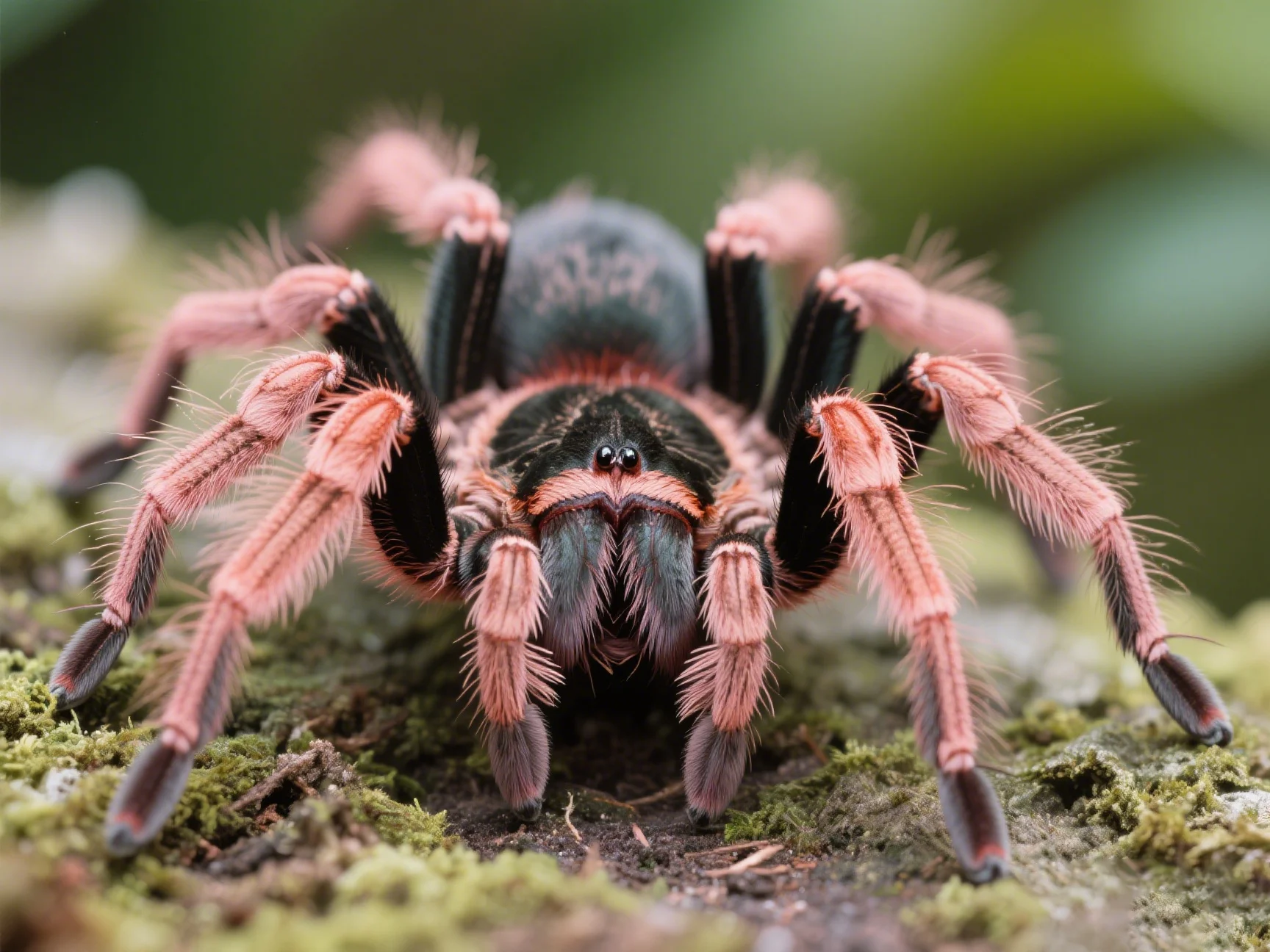
Reasons for Biting
A bite from an Antilles pinktoe is almost always defensive. Common triggers include:
- Feeling trapped or pinned down.
- Being roughly handled or startled suddenly.
- Mistaking a finger for prey (rare, usually if the keeper’s hands smell like feeder insects).
- Extreme stress or pain.
Understanding [Antilles pinktoe tarantula defensive behavior](https://www.lopehare.com/tarantula-training-tips/) is key to preventing bites. Always move slowly and deliberately around the enclosure.
Venom and Effects
Like nearly all spiders, Antilles pinktoes possess venom, primarily used to subdue insect prey. Their venom is considered mild for humans. According to bite reports and general tarantula knowledge, a bite from *Caribena versicolor* is often compared to a bee or wasp sting.
Typical symptoms might include:
- Localized pain at the bite site.
- Redness and swelling around the area.
- Mild itching.
- Occasional muscle cramping near the bite.
Systemic effects are rare, but allergic reactions, while unlikely, are possible, as with any sting or bite. As noted in arachnid studies, tarantula venom potency varies widely, but New World species like the Antilles pinktoe generally have less potent venom towards vertebrates than their Old World counterparts (Wikipedia contributors, “Tarantula,” Wikipedia, The Free Encyclopedia).
Seek Medical Attention: If you experience severe symptoms like difficulty breathing, widespread rash, dizziness, or significant swelling far from the bite site, seek medical attention immediately as this could indicate an allergic reaction.
Prevention and First Aid
The best approach is prevention:
- Avoid unnecessary handling. Use catch cups for transfers.
- Move slowly and calmly during enclosure maintenance.
- Never poke or intentionally provoke the tarantula.
If a bite does occur:
- Stay calm. Panic won’t help.
- Wash the area gently with soap and water.
- Apply a cold compress to reduce swelling.
- Over-the-counter pain relievers can manage discomfort.
- Monitor for signs of infection or allergic reaction.
In conclusion, while an Antilles pinktoe tarantula *can* bite, it’s an infrequent event primarily driven by defense. Their docile nature and preference for flight over fight make them a relatively safe species for observant and respectful keepers.
Reference: Wikipedia contributors. (2023). Tarantula. In *Wikipedia, The Free Encyclopedia*. Retrieved from https://en.wikipedia.org/wiki/Tarantula
